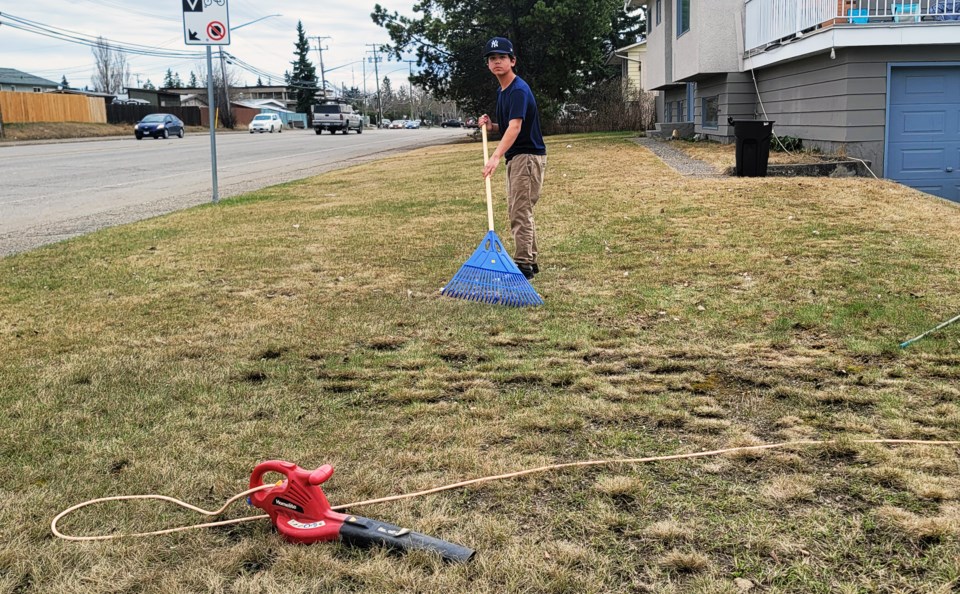My wife Joyce and I operate a bed and breakfast called The Grateful Bed and keeping the yard in shape is my job. She has more than enough to do making beds and keeping our guests well fed and I’m more than happy to get my hands dirty in the garden, knowing Joyce hates how it feels.
I’m certainly no expert on how to make things grow but it did pay the bills for a number of years when I was a maintenance gardener in Calgary and looking after plants has become one my favourite hobbies.
So let's start with spring cleanups.
Warm weather is finally here and the time is right to get out into your yard to clean up all that dead vegetation. If you haven’t already done so, start with cutting the dead off your perennials to encourage new growth. A good rule of thumb is to cut at the point where the dead branch is starting to show signs greening up, but you might want to wait a few weeks for shrubs that have yet to bud after an especially long winter.
When it comes to cleaning up a garden bed, driveway or deck, I can’t say enough about leaf blowers. They are an indispensable tool no homeowner should be without. They’re cheap – you can buy an electric model for less than $200 – they save you time and nothing does a better job of cleaning up the entire yard. You wouldn’t think of not having a vacuum cleaner in your house and a leaf blower is just as important for keeping a tidy yard.
For the lawn, you have a few dethatching choices. You could just use a fan rake to get up the leaves and pick up some of the dead grass, but if you really want to do the job right you need something that digs in to loosen the thatch that can create a barrier that compacts the soil and makes it more difficult to get oxygen and light to the grass roots.
If you don’t have a power rake handy, hand-raking will take a bit of muscle power but it’s worth the effort and you won’t have to go the gym to get your exercise. Use a thatch rake, which has curved tines for cultivating the soil and straight times for removing dead grass. Or you can also buy a dethatching blade to attach to your lawnmower to pull the dead blades up by their roots. But don't wait too long, once a lawn is green an intense raking might do more damage than good.
If you have a lot of grass, leaves and other debris, rather than wasting time putting all that stuff in trash bags just rake it onto a tarp, which can easily be dumped into your compost bin or back of your truck to be taken to the city compost bins.
Grass is the easiest ground cover to maintain. It just needs water, sunlight, a bit of fertilizer and maybe an annual aeration. If you do aerate, pick a day when the ground is moist to effectively pull out those plugs. Right after you aerate or rake is the best time to throw down some grass seed, which will drop into the holes. If you do reseed, it’s always a good idea to cover the lawn with a thin layer of topsoil.
Fertilizers high in nitrogen are best for encouraging lawn growth in the spring. On the bag of fertilizer you’ll see three numbers separated by a dash. The first number indicates the concentration of nitrogen, the second indicates phosphate and third is potash. Slower-release fertilizers are needed later in the growing season.
Don’t overfertilize, especially in areas where the grass is struggling to grow. You’ll just kill it faster. Shaded areas require less fertilizer than sunnier spots, so if you can, adjust the spreader so it puts out less in the shaded parts.
Morning is the best time to water a lawn because that allows time for the blades to dry out and lessens the likelihood of mold or fungus. Avoid watering grass during the heat of the day when a lot of the water will evaporate before it sinks into the ground. Water enough so it penetrates deeply to encourage deep root growth rather than a sporadic surface spraying that will trick the grass into putting out shallow roots.



